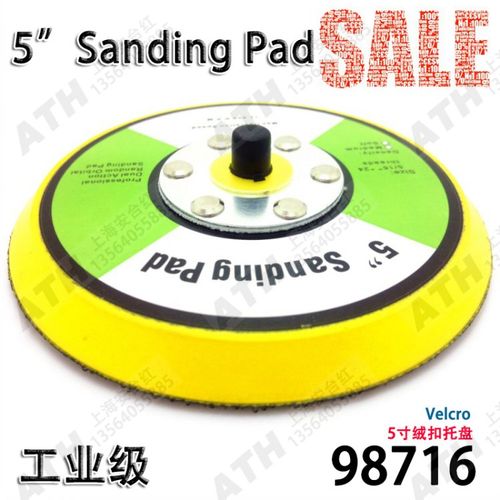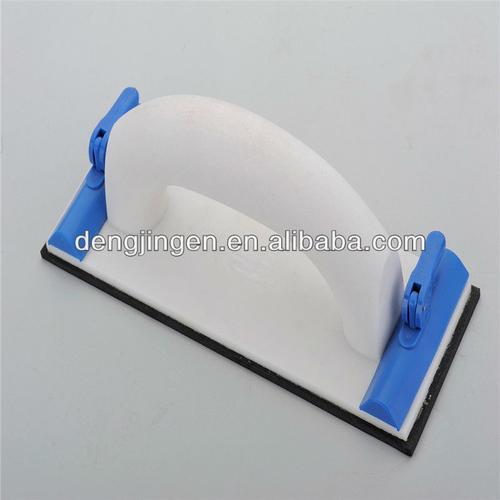Grout Sanding: A Comprehensive Guide
Grout sanding is a crucial process in the maintenance and restoration of tiles. Whether you’re dealing with old, stained grout or simply want to refresh the look of your tiles, understanding the ins and outs of grout sanding can make a significant difference. In this article, we’ll delve into the what, why, how, and when of grout sanding, providing you with a comprehensive guide to help you achieve the best results.
What is Grout Sanding?
Grout sanding is the process of smoothing and cleaning the grout lines between tiles. It involves using sandpaper or a sanding tool to gently abrade the grout, removing any dirt, stains, or imperfections. This process not only improves the appearance of your tiles but also helps to prevent future staining and damage.

Why Grout Sanding?
There are several reasons why you might consider grout sanding:
-
Restoration: Over time, grout can become stained, discolored, or cracked, giving your tiles an outdated appearance. Grout sanding can restore your tiles to their original beauty.
-
Prevention: By smoothing the grout, you reduce the likelihood of dirt and debris becoming trapped, which can lead to further staining and damage.
-
Enhanced Cleanliness: A smooth grout surface is easier to clean, as it reduces the number of nooks and crannies where dirt can accumulate.

How to Grout Sand
Grout sanding can be done manually or with the help of specialized tools. Here’s a step-by-step guide to help you get started:
-
Prepare the Area: Remove any furniture or obstacles from the area you’ll be working on. Clean the tiles and grout thoroughly to remove any dirt or debris.
-
Choose the Right Sandpaper: Select a fine-grit sandpaper, such as 220 or 320 grit, to avoid damaging the tiles. You can also use a sanding block or a sanding tool designed specifically for grout.
-
Start Sanding: Begin by gently sanding the grout lines in a back-and-forth motion. Apply even pressure to avoid creating uneven surfaces.
-
Check Your Progress: Periodically inspect the grout to ensure it’s being evenly sanded. If you notice any areas that are not being smoothed out, continue sanding until the entire surface is even.
-
Clean the Area: Once the grout is smooth, use a damp cloth to wipe away any sanding dust. Allow the grout to dry completely before applying any sealant or cleaner.
Grout Sanding Tools
There are several tools available to help you with the grout sanding process:
-
Grout Sandpaper: Fine-grit sandpaper is ideal for smoothing out grout lines. You can find sandpaper in various sizes and shapes to fit your needs.
-
Sanding Blocks: Sanding blocks provide a stable surface for sanding and can help you maintain a consistent pressure on the grout.
-
Grout Sanding Tools: There are specialized tools designed for grout sanding, such as the Dremel Grout Cleaning and Sanding Kit. These tools can make the process more efficient and less labor-intensive.
When to Grout Sand
Grout sanding can be done at any time when you notice that your tiles’ grout is in need of attention. However, there are a few situations where it’s particularly beneficial:
-
After Tile Installation: Sanding the grout after tile installation can help prevent future staining and damage.
-
When Restoring Tiles: If your tiles have become stained or discolored, grout sanding can help restore their original appearance.
-
Before Refinishing Tiles: If you plan to refinish your tiles, sanding the grout first can ensure a more even and professional-looking finish.
Grout Sanding Tips
Here are some tips to help you achieve the best results when grout sanding:
